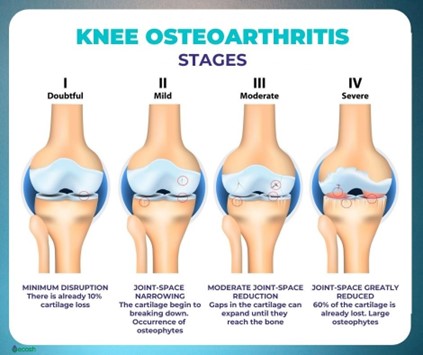A nurse is establishing a baseline postoperative assessment for a client who is recovering from a right femoropopliteal bypass graft. Which of the following findings in the assessment of the client's right leg should be of the most concern to the nurse?
The client's foot feels cooler than in the previous assessment.
The client's pedal pulse in the right foot is not palpable.
The client's capillary refill time is 5 seconds in the toes.
The client reports a pain level of 8 on a scale from 0 to 10.
The Correct Answer is B
The most concerning finding in the assessment of a client's right leg after a femoropopliteal bypass graft would be if the client's pedal pulse in the right foot is not palpable. This could indicate a problem with blood flow to the limb.
The other options are also concerning and should be reported to the healthcare provider.
a) A cooler foot may indicate decreased blood flow to the limb.
c) A capillary refill time of 5 seconds may also indicate decreased blood flow.
d) A pain level of 8 on a scale from 0 to 10 should also be reported and addressed.
Nursing Test Bank
Naxlex Comprehensive Predictor Exams
Related Questions
Correct Answer is C
Explanation
The statement by the client that indicates an understanding of the teaching is "I plan to take water aerobics classes at the gym near my house." Exercise is an important part of managing osteoarthritis, and water aerobics is a low-impact exercise that can help improve joint mobility and reduce pain.
Option ais incorrect because applying cold compresses may not be the most effective way to manage pain associated with osteoarthritis. Heat therapy is often more effective for this condition.
Option b is incorrect because limiting purine intake in the diet is recommended for clients with gout, not osteoarthritis.
Option d is incorrect because ibuprofen can be an effective pain reliever for clients with osteoarthritis.

Correct Answer is A
Explanation
After the nurse administers a PRN pain medication to a client, the nurse can assign the assistive personnel (AP) to document the client's respiratory rate in 1 hour. This is within the scope of practice of an AP.
The other tasks are not appropriate for an AP to perform.
Monitoring the client for an allergic reactionand evaluating the client for therapeutic effects are both nursing assessments that should be performed by the nurse.
Checking the client's response to the medication is also a nursing assessment that should be performed by the nurse.
Whether you are a student looking to ace your exams or a practicing nurse seeking to enhance your expertise , our nursing education contents will empower you with the confidence and competence to make a difference in the lives of patients and become a respected leader in the healthcare field.
Visit Naxlex, invest in your future and unlock endless possibilities with our unparalleled nursing education contents today
Report Wrong Answer on the Current Question
Do you disagree with the answer? If yes, what is your expected answer? Explain.
Kindly be descriptive with the issue you are facing.
